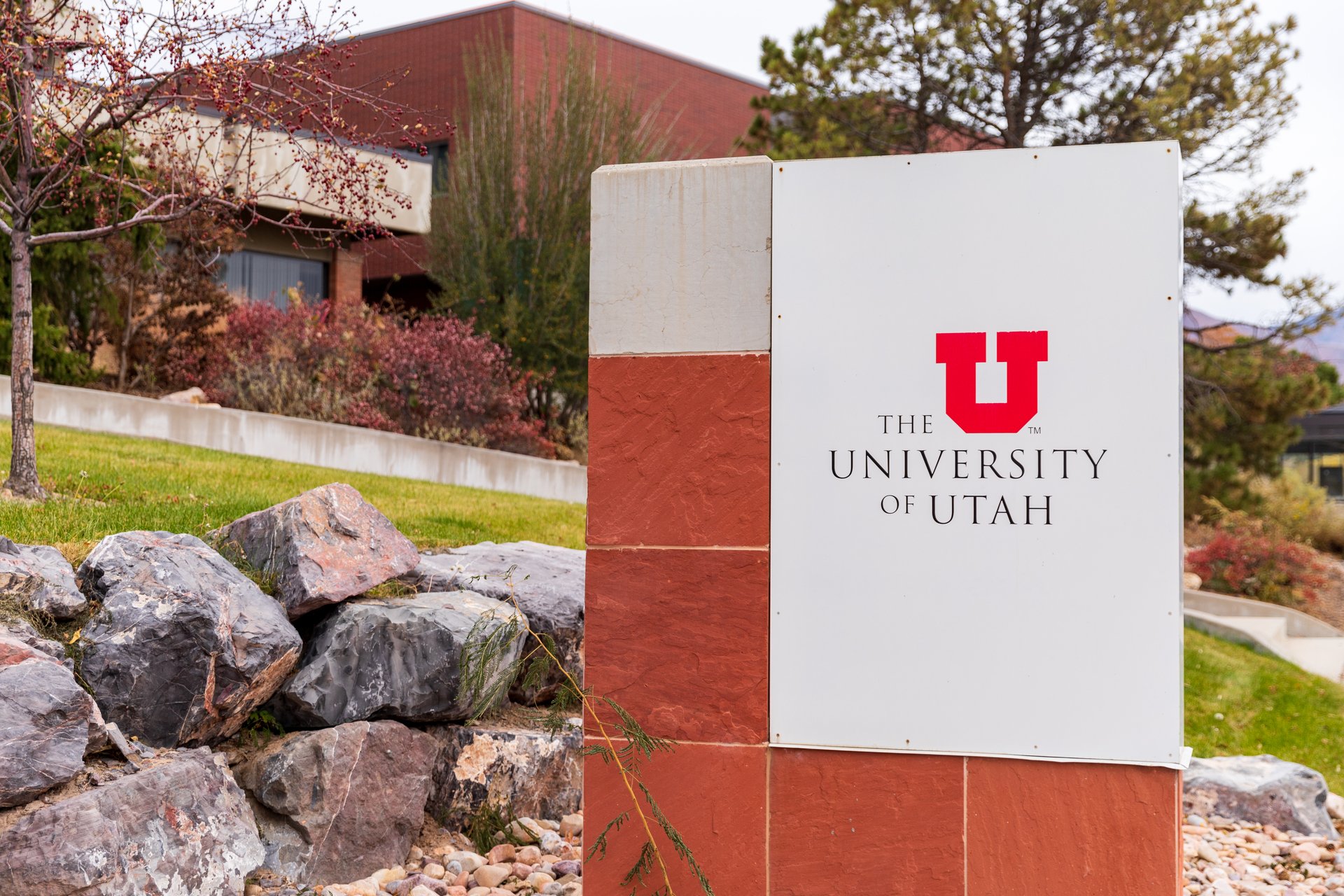A track and field team is an eclectic bunch of athletes. You have skinny distance runners, training on their own, sometimes far away from the track. You have sprinters. These guys are fast, and sometimes it seems as if they spend more time fiddling with their starting blocks than practicing.
You have pole vaulters, perhaps the quirkiest of the bunch — which might be what it takes to run down a path, plant a pole in a pit and try to hurl yourself over a bar 18 feet off the ground.
Trusted by 700,000+ men—guaranteed to make you look and feel better
Easy to use and undeniably effective, Particle contains the best ingredients on the planet to reduce signs of aging.
97% of customers saw diminished eye bags
93% saw fewer dark spots
4.8-star rating, and a 30-day money-back guarantee
Particle is the top recommendation from Men’s Health, with the scientifically backed ingredients your skin needs every minute of every day.
You have the jumpers, versatile athletes who, in addition to jumping, often run relays and even the 100-meter dash, the 200, the 400.
You have the hurdlers, who aren’t quite fast enough to run the 100 and 200 but are skilled enough to run 110 meters and jump over 10 barriers without stumbling.
And you have the throwers. Big. Thick. Strong. Muscular. They’re usually uber competitive, but most are teddy bears once a competition is over.
I can tell you all about these dynamics because I was a college distance runner at Division III SUNY Brockport. And when I saw the recent news that Washington State will focus its track and field program on distance running only, I was dismayed. Sure, the Cougars will keep their track team, but this means they will no longer have a field team. They’ll recruit athletes who can run cross country, along with the 800, 1,500, 3,000 steeplechase, 5,000 and 10,000 meters in the winter and spring. If you run the 200 or are a long jumper, scratch WSU off your list.
There are several other schools that have track but no field, and with the House settlement now approved, look for more to make the same decision as Washington State. The situation could get even worse, and entire track and field programs could be eliminated as schools adapt to the world of revenue sharing and calculate what they must sacrifice to field competitive football and basketball programs.
Just look at Washington State, which seems to be using House to reduce costs in its athletic department. The Cougars, still reeling from being orphaned when the Pac- 12 collapsed, are desperate to find a home for football and basketball, and to do this with full fervor, their calculations may have told them that field should be dropped.
And now that Washington State has broken the seal, how many more schools will follow? Track and field is not a revenue sport; it costs universities money to keep it going. But every four years, at the Olympics, it’s the most watched competition, and team USA is expected to excel.
We want gold medals in the 100 and 200. We have dominated the 110-meter hurdles for decades, Al Oerter won the discus in four straight Olympiads (1956, 1960, 1964, 1968), and shot putter Ryan Crouser is the three-time defending Olympic gold medalist and the consensus greatest at his sport in the world.
It will be tough to dominate, however, if there are fewer programs to train future Olympians. But if this happens and the US fails to shine, the pundits will still ask what’s wrong. Most won’t have any idea that schools like Washington State no longer support field.
When I look back at my time as a track and field athlete, it’s not the competitions that stand out. It’s the bond shared with the sprinters, jumpers, hurdlers, throwers and vaulters. I remember chiding the sprinters, remember them saying they got tired watching distance runners do interval after interval on the 400-meter oval. Most of all, I remember the camaraderie that existed between an unusual cast of characters.
The bus rides were even more fun: 5 a.m. wake-ups on Saturday mornings to catch the bus to Alfred, to Cortland, to Geneseo, to Plattsburgh. The rides were quiet, with most of us sleeping or focusing on the upcoming events. We would stop, grab a quick bite and continue with a little more noise.
Rides home were much livelier — loud, fun and sometimes off-color. The sprinters and throwers usually sat in the back and were quite guarded about allowing visitors. I learned a lot about people and life on those bus rides, and that’s something that will stick with me much longer than how I did in the 5,000 meters at the Geneseo Invitational.
Sadly, that will no longer happen at Washington State. It’s unfortunate on so many levels. The focus in college is to get a degree, but character development and maturation are vitally important.
Sports like track and field are different from football and basketball. When you go to an invitational, your event can last anywhere from 11 seconds to 33 minutes, but you’re there for eight to 10 hours. When not competing, you’re talking with your teammates as well as with athletes from other schools. It’s a time to make friends, network and so much more.
That’s being taken away because football (and basketball) teams need more money. I think what Washington State is doing is shortsighted, but I understand. That doesn’t make it any easier to swallow.
Track and field isn’t the same without field.
Nicknamed "The Almanac," by a fellow freshman at SUNY Brockport for his penchant for sports history, John Furgele follows every sport there is. When not following sports, he works in nursing and teaching to pay the bills and stays busy with his son and two daughters.




















